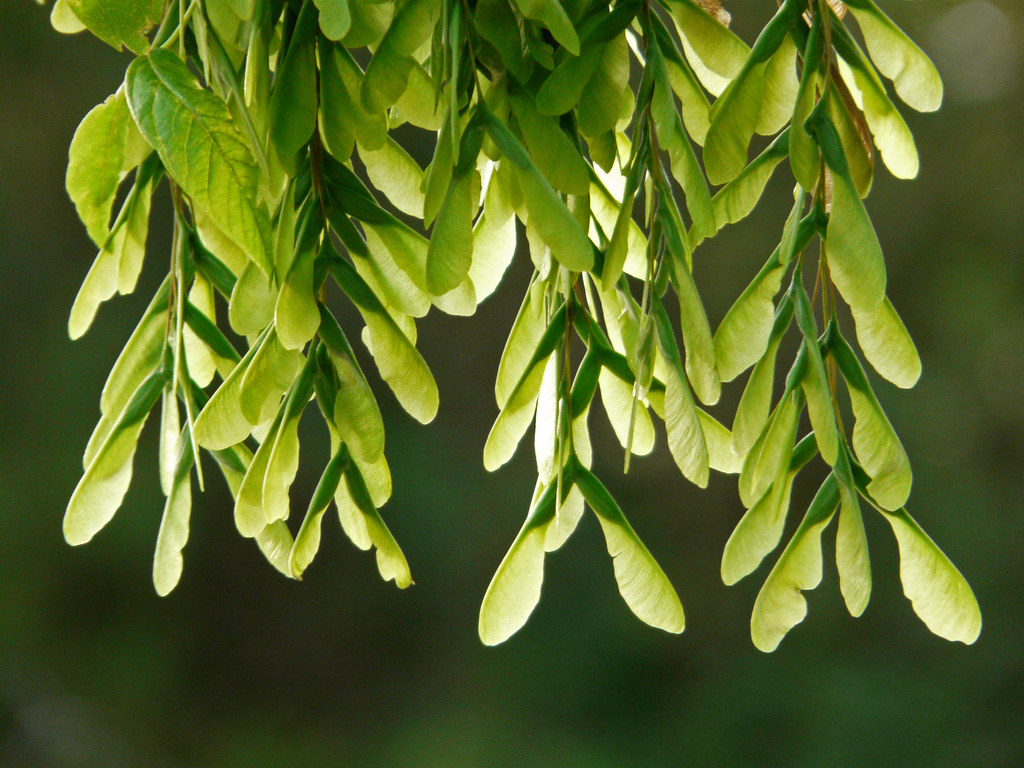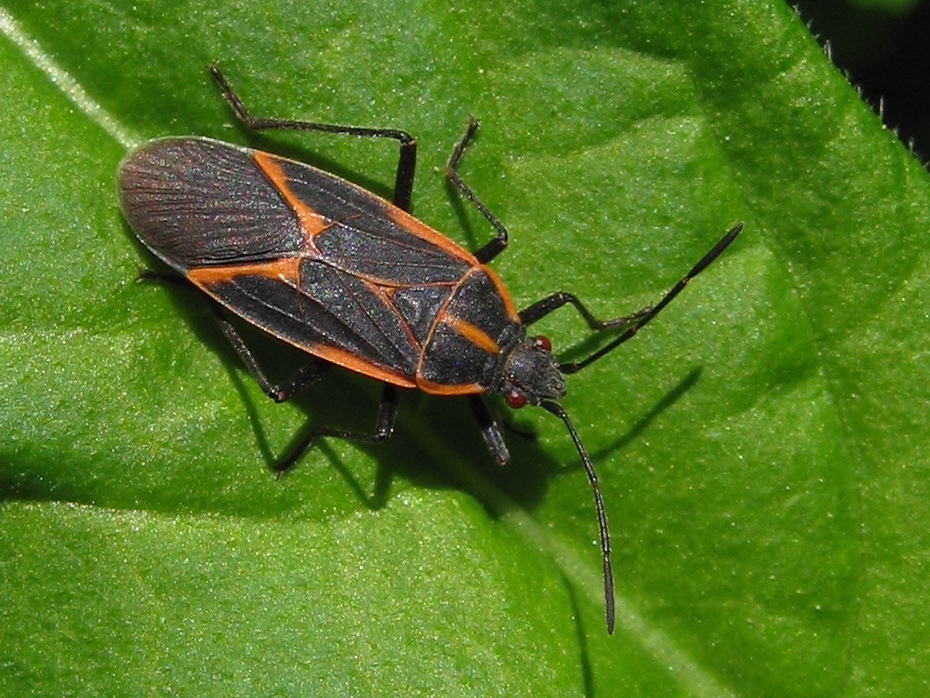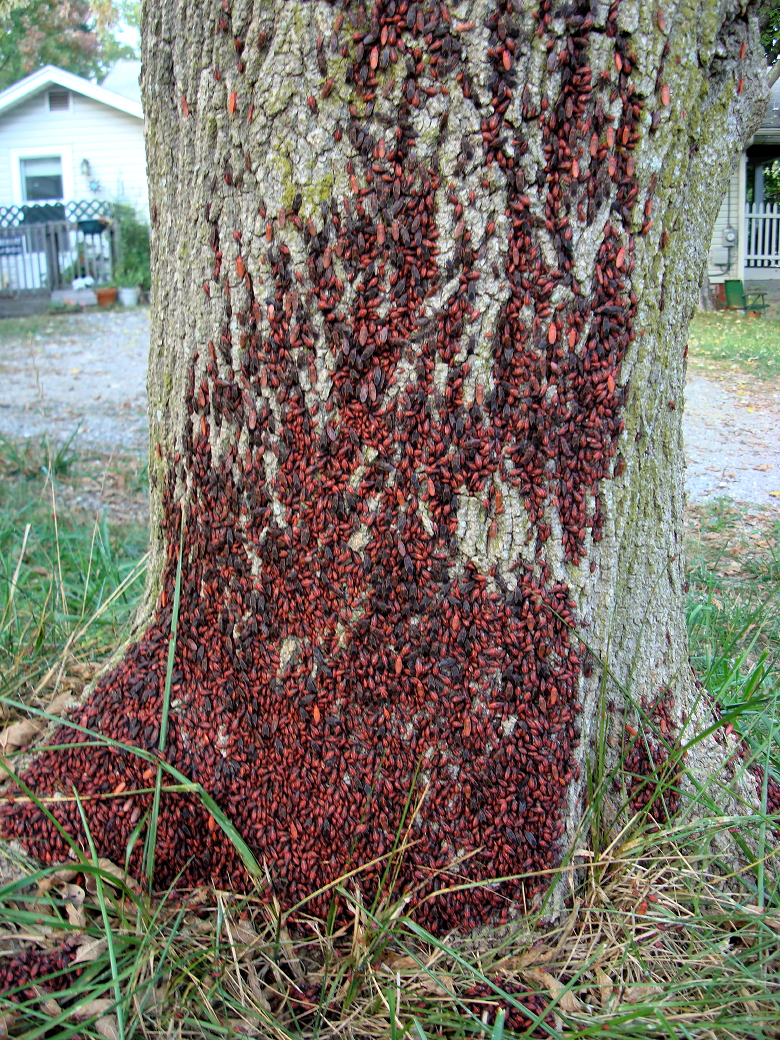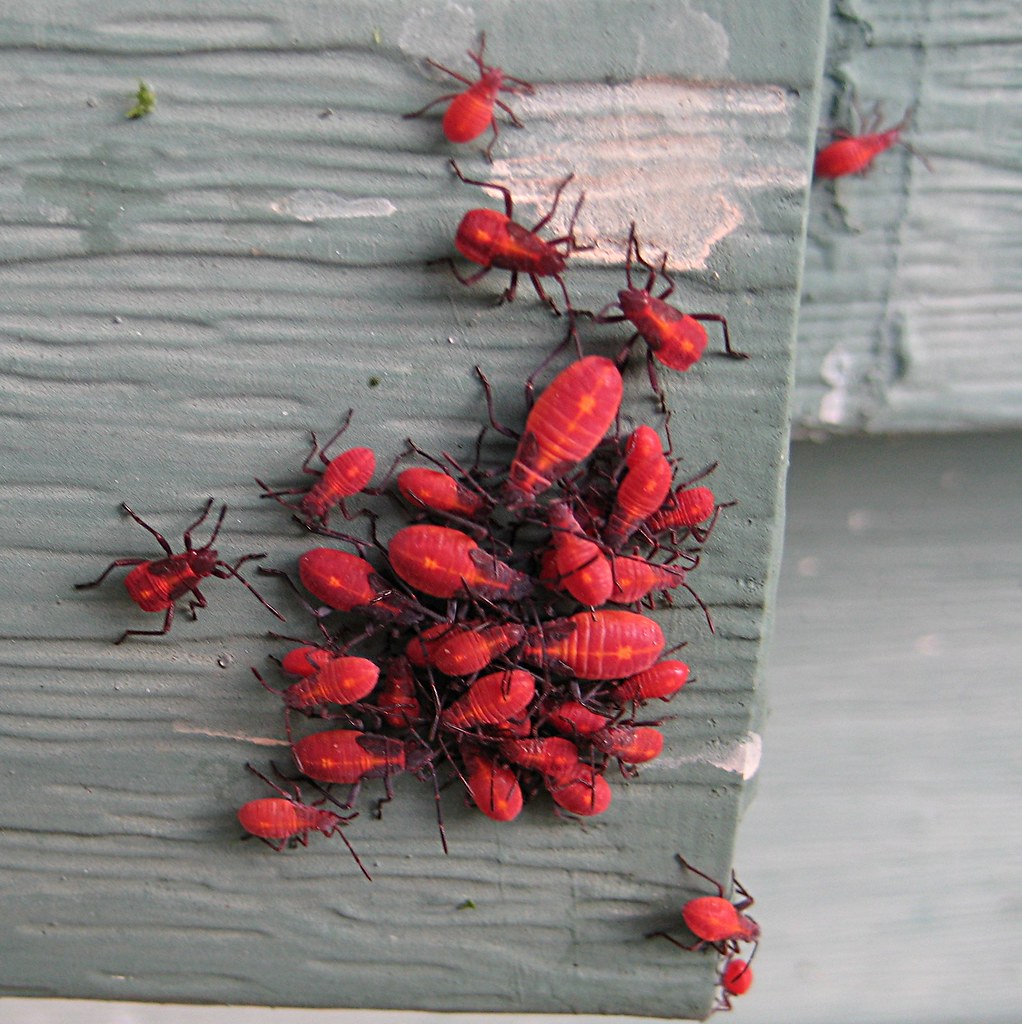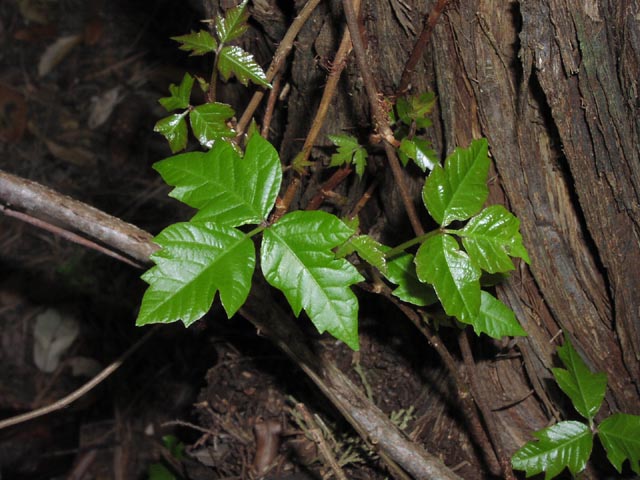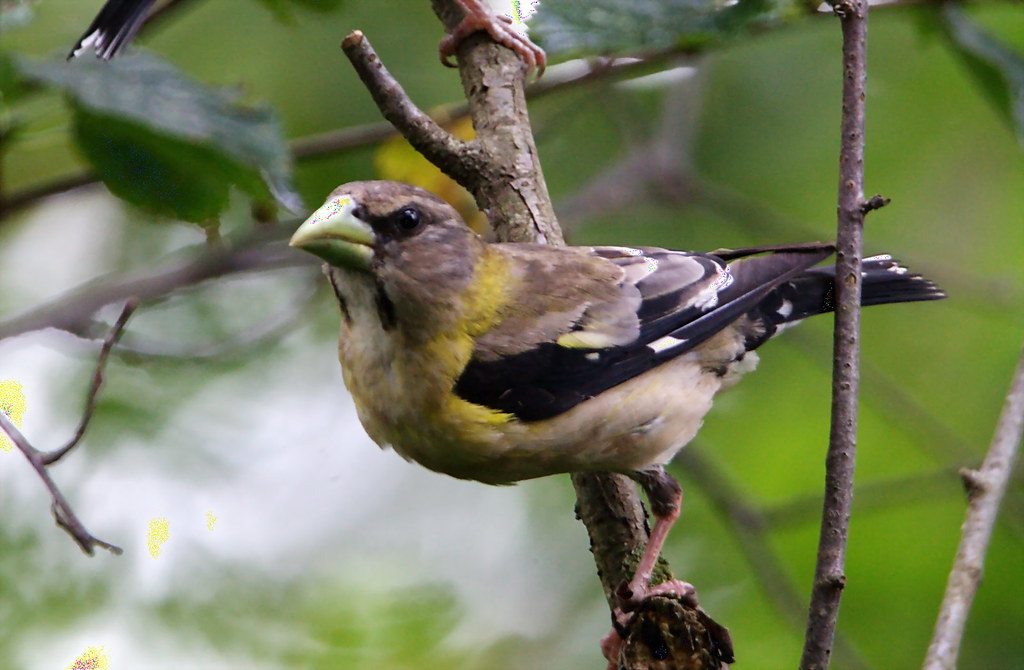Balsamorhiza sagittata
Asteraceae (Sunflower family)
Quick ID
 In late spring, arrowleaf balsamroot covers open hillsides in an unmistakable blanket of golden, sunflower-like flowers. The fuzzy, silvery-green leaves can be 6" wide and over 12" long, arising from from the base of the plant in tufts like bunchgrasses. Flowers bloom May-July, and are borne singly on stalks that can get 3' tall.
In late spring, arrowleaf balsamroot covers open hillsides in an unmistakable blanket of golden, sunflower-like flowers. The fuzzy, silvery-green leaves can be 6" wide and over 12" long, arising from from the base of the plant in tufts like bunchgrasses. Flowers bloom May-July, and are borne singly on stalks that can get 3' tall.Flowers like these are known as "composites" and are actually made up of two different types of inflorescence. Tiny tubular disc flowers cluster together to form the central eye, while the "petals" are actually a ring of ray flowers. Some species in the Asteraceae family have only ray flowers (like dandelion), some have only disc flowers (like rabbitbrush) and some have both together!
Range
Native to western North America, you can find arrowleaf balsamroot growing in meadows, sagebrush steppe and conifer forest openings at low elevations (most commonly 3500-7000') as far east as the Dakotas, south to Arizona and north at least to BC and Alberta.
What's in a Name?
Nice and straightforward. The leaves are shaped like arrows. Sagittata comes from the Latin word for arrow, "sagitta". Balsamorhiza is named for the large woody taproot, which produces a thick sap that smells like balsam fir. "Balsam" basically indicates any nice-smelling plant, and rhiza is the Latin word for root.
Tidbits
Did you know that arrowleaf balsamroot, with its cheery flowers up to 4" wide, is our biggest wildflower here in Montana? And such an important species in western landscapes. Balsamroot is rich in protein, providing excellent graze for deer, elk, bighorn sheep and pronghorn. The nutritious oily seeds are important to birds and rodents, and the open-faced flowers are perfect for native pollinators. Every part of the balsamroot plant is edible, and has been used as food and medicine across its native range for thousands of years. The massive taproot, which can be eight feet deep and as wide as your hand, makes it especially well-equipped to withstand fire, grazing, weeds and drought. I love looking up at a hillside blooming in full force, picturing the massive roots drilling into the earth deeper than I am tall, opening tunnels for underground excavators, lending a foothold to the sloping soil, casting about for that fleeting sip of moisture. If I had x-ray eyes, I have a feeling I'd keep them trained downward.
 Lewis & Clark's Corps of Discovery collected arrowleaf balsamroot near present-day Lincoln, MT, in July 1806. Their specimen sheets, prepared by the fascinating botanist Frederick Pursh, are still housed at the Lewis & Clark herbarium in Philadelphia.
Lewis & Clark's Corps of Discovery collected arrowleaf balsamroot near present-day Lincoln, MT, in July 1806. Their specimen sheets, prepared by the fascinating botanist Frederick Pursh, are still housed at the Lewis & Clark herbarium in Philadelphia. Wild Gardening
Wild GardeningAs a tremendously showy, long-lived specimen plant that can withstand nature's brutality with the best of us, arrowleaf balsamroot should be a wild gardener's dream. This is not, however, a species for the weak-willed or fickle-hearted. Balsamroot requires steadfast determination and cooperation. The massive taproot makes transplanting nearly impossible. They can be grown from seed, but like many of our native wildflowers, they need to go through cold stratification. No worries though; this isn't as technical as it sounds.
 My personal wild gardening strategy is based on equal parts logic and ease: just watch what the wildflowers are doing, and copy them. If the balsamroot at my elevation is dropping seed in mid-July, my own planting won't be far behind. I'll put extra seed down, figuring some will get carried off by insects and other critters, and many just won't take at all. The winter weather will naturally take care of the required cold stratification, and when temperatures warm up, the seeds will sprout when they're good and ready. I'll be patient, knowing that even in perfect conditions, it will take five years for my seedlings to flower. But when they do...ohhh baby. My happy little bees are bound to buzz right up and kiss me on the nose.
My personal wild gardening strategy is based on equal parts logic and ease: just watch what the wildflowers are doing, and copy them. If the balsamroot at my elevation is dropping seed in mid-July, my own planting won't be far behind. I'll put extra seed down, figuring some will get carried off by insects and other critters, and many just won't take at all. The winter weather will naturally take care of the required cold stratification, and when temperatures warm up, the seeds will sprout when they're good and ready. I'll be patient, knowing that even in perfect conditions, it will take five years for my seedlings to flower. But when they do...ohhh baby. My happy little bees are bound to buzz right up and kiss me on the nose.


















